Switching to app store subscriptions
Published 3rd August, 2022 by Stuart Hall The App Store is no longer new and novel. Since 2008 it has grown to become a huge revenue source (and, in some cases, the only revenue source) for countless businesses. The launch of subscriptions as a supported payment model for developers is an exciting change. This post explores the effect of subscriptions on total revenue, and follows on from my previous posts detailing experiments I have run on the 7 Minute Workout app.
The App Store is no longer new and novel. Since 2008 it has grown to become a huge revenue source (and, in some cases, the only revenue source) for countless businesses. The launch of subscriptions as a supported payment model for developers is an exciting change. This post explores the effect of subscriptions on total revenue, and follows on from my previous posts detailing experiments I have run on the 7 Minute Workout app. In this post I will explore:
- 7 Minute Workout so far: the TL;DR
- Switching to Subscriptions
- Getting Approved
- MRR over time
- Effect on total revenue
- Active Subscriptions and Trials
- Are App Store subscriptions better than one-off in-app purchases?
Want to see what users are saying about your pricing?
Try Appbot free now, no credit card needed →7 Minute Workout so far: the TL;DR
If you haven't caught up on the previous posts, you might want to start there:
- How I got 2.3 million app downloads (without spending a cent on marketing)
- The Resurrection
- Isolation, COVID-19 and the App Store
TLDR; I built an app in a night and grew it to 2.3m downloads through iteration based on user feedback. The app was acquired, was left largely untouched, went backwards and then I re-acquired it. The previous posts covered early stage ASO, the importance of app reviews and regular updates, the value of utilising user feedback, and many pricing experiments. In this post I'm going to share the results of my latest experiments, using the subscription model.
Switching to Subscriptions
As mention in the last post, I swapped the business model to subscriptions for 7 Minute Workout. I went with a monthly, yearly and lifetime option as shown below. Any previous purchases of Pro or "All The Things" were grandfathered as if they had bought the lifetime option. I used RevenueCat for the implementation and most of the charts below are from their service.

Getting Approved
Getting the new update with subscriptions approved was a real challenge.
I couldn't get the new subscriptions approved until the app fully supported them.

But I also couldn't get the app approved until the subscriptions were working in the app.
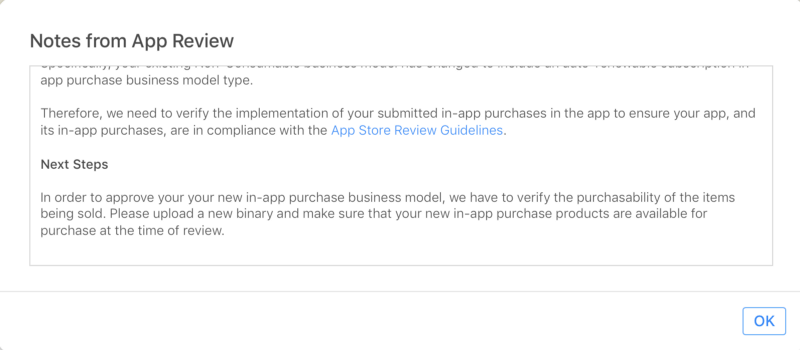
I bounced back and forward about 6 times with App Review, submitting new binaries, trying to explain to them. Googling around I found several other people who were having the same issue and the advice said to just keep trying.
I ended up requesting a call with App Review, a few days later they left a message on my voicemail at 3am saying they had approved the subscriptions and the app. For anyone else stuck in the same situation in the future I'd suggest taking the call 🤷
MRR over time
Since it was all approved, it's taken just shy of 2 months to hit $1k USD in Monthly Recurring Revenue (MRR).

The 2 month growth in MRR has been fairly steady.
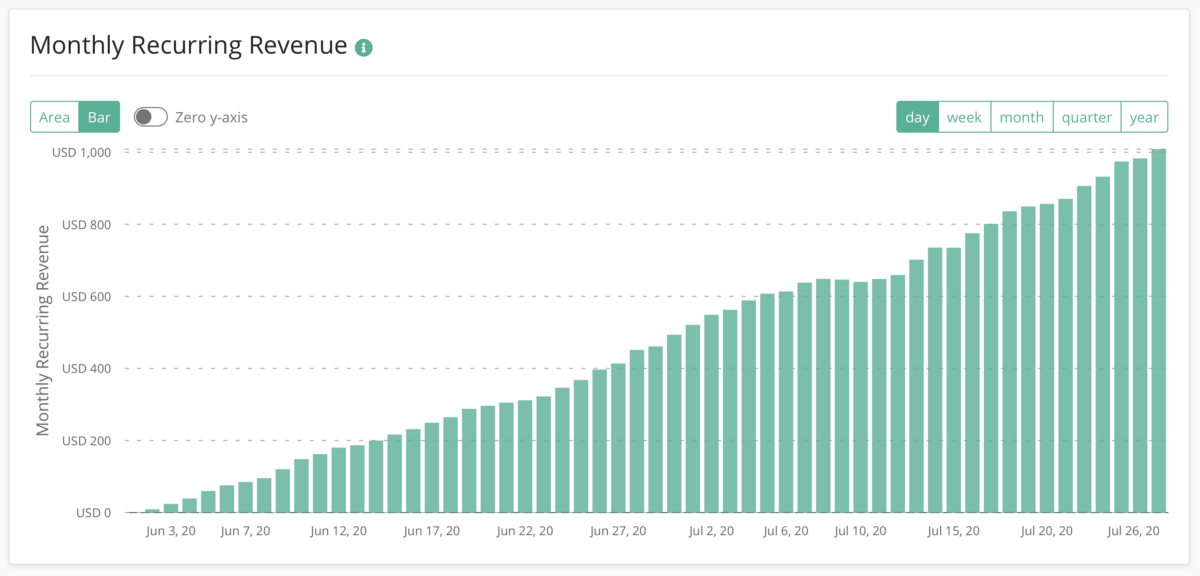
I tried a number of pricing experiments along the way. I tested different prices as well as free trials.
I decided to start with no trial, as the app already has significant free functionality, and a low price point ($1.99/m). Then I increased the price ($4.99/m) and then finally enabled a 3 day trial. You can see the impact of each below.
The flat line when trials were introduced was caused by nobody converting until they came out of trial, shifting the growth to the right.

Interestingly the growth rate in MRR at the higher price point with and without trials was almost identical.
If we take the growth rates of $1.99/m and $4.99/m and look at them from the start of the period it shows the difference it makes. If I hadn't of changed the price I'd predict I'd be at ~$800/m MRR. If I had of started with $4.99/m I'd predict I'd be somewhere around $1400/m MRR.
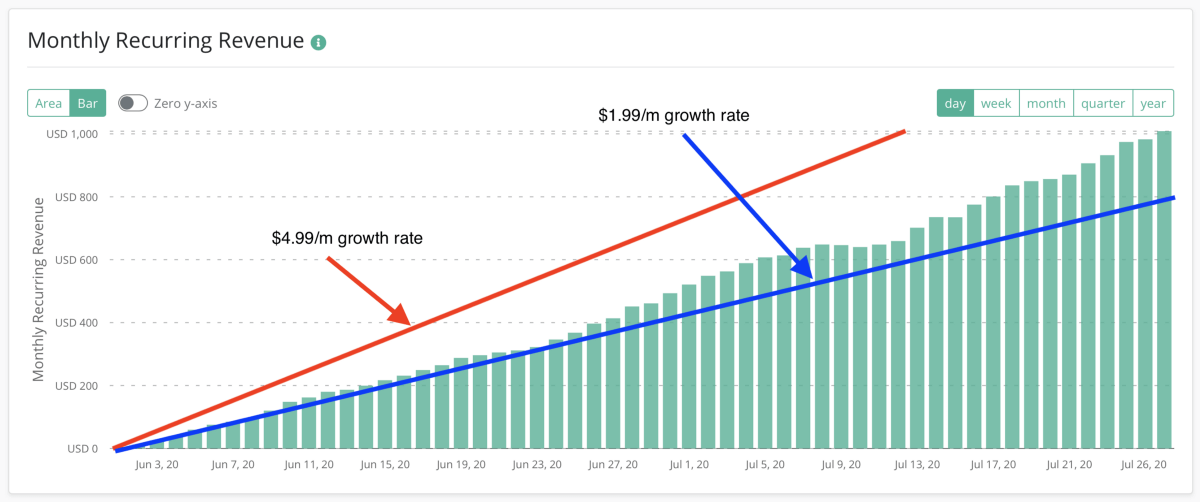
Effect on total revenue
A low priced lifetime option meant many more people took that option, unsurprisingly. It did mean there was more revenue earlier in the experiment.
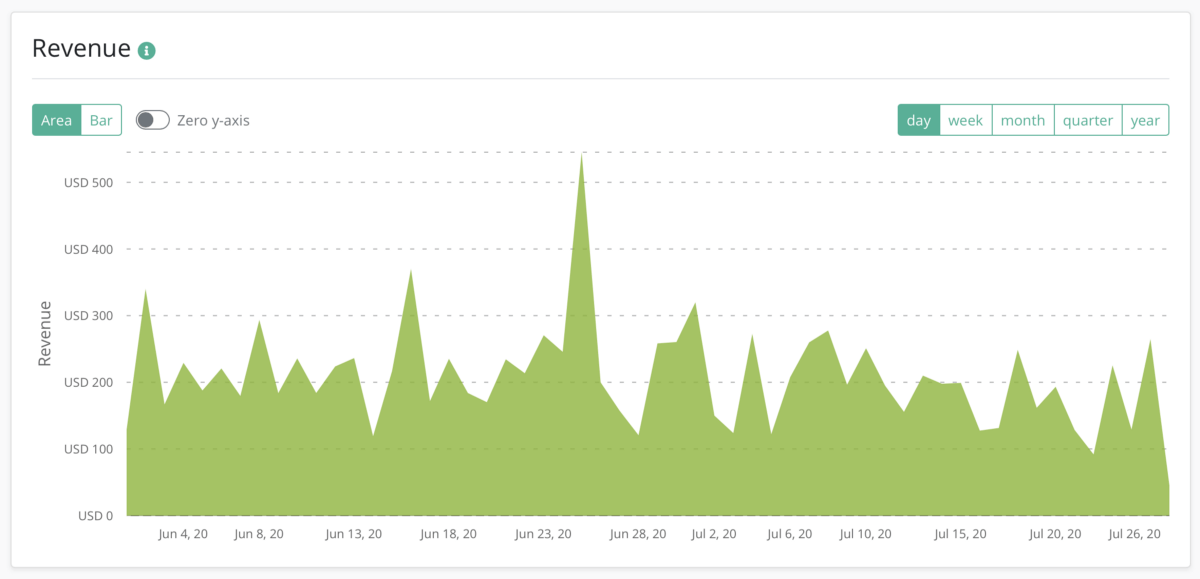
Because it's early days I'm yet to see if churn is low enough and renewals high enough that I will be better off in the long run.
If we look at revenue broken down by lifetime (teal), annual (brown) and monthly (blue) we can see the impact of the up front payments is significant on revenue now. Hopefully we see blue grow over time as renewals start to really kick in.
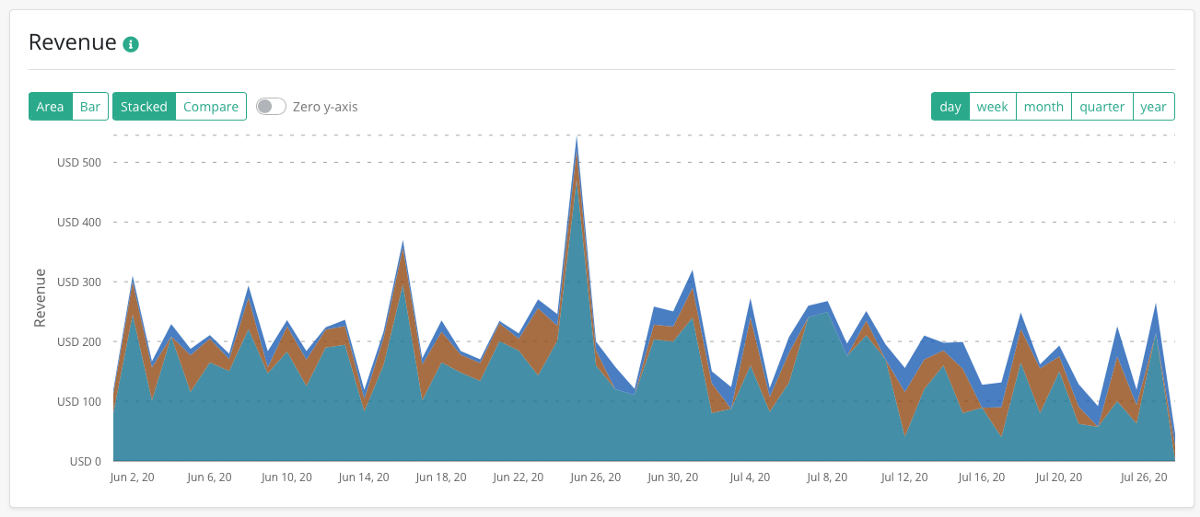
Active Subscriptions and Trials
The subscriptions and trials have also been pretty steady.
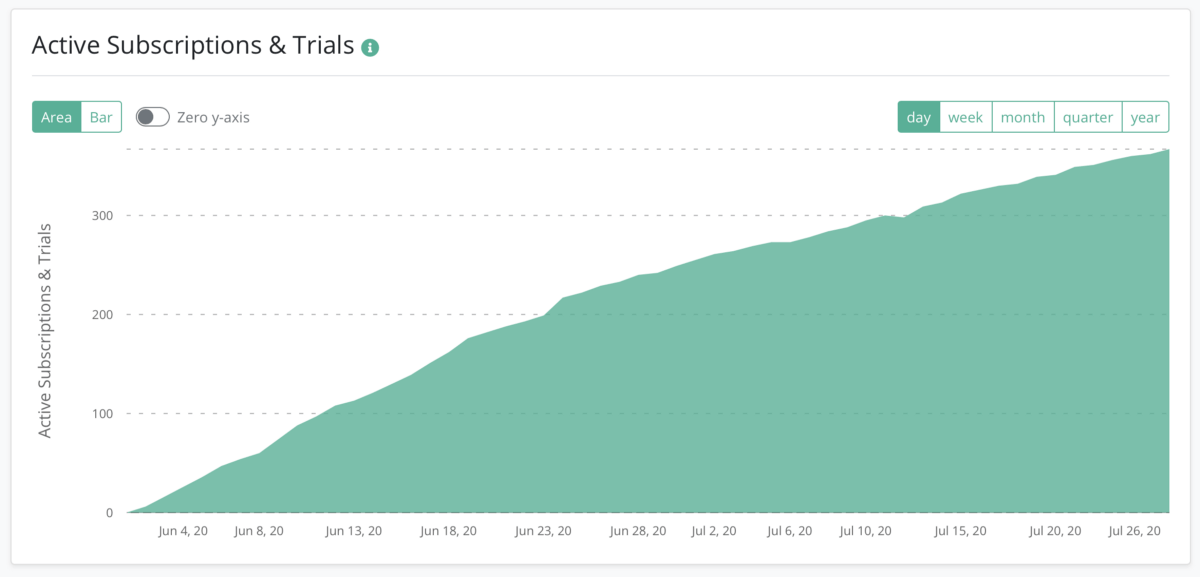
There's an obvious change in the growth rate of subscribers and trials when the price increases, going from approximately 9 per day to 6 per day.

The drop off in lifetime purchases in preference for monthly purchases and trials is obvious as the price increased.
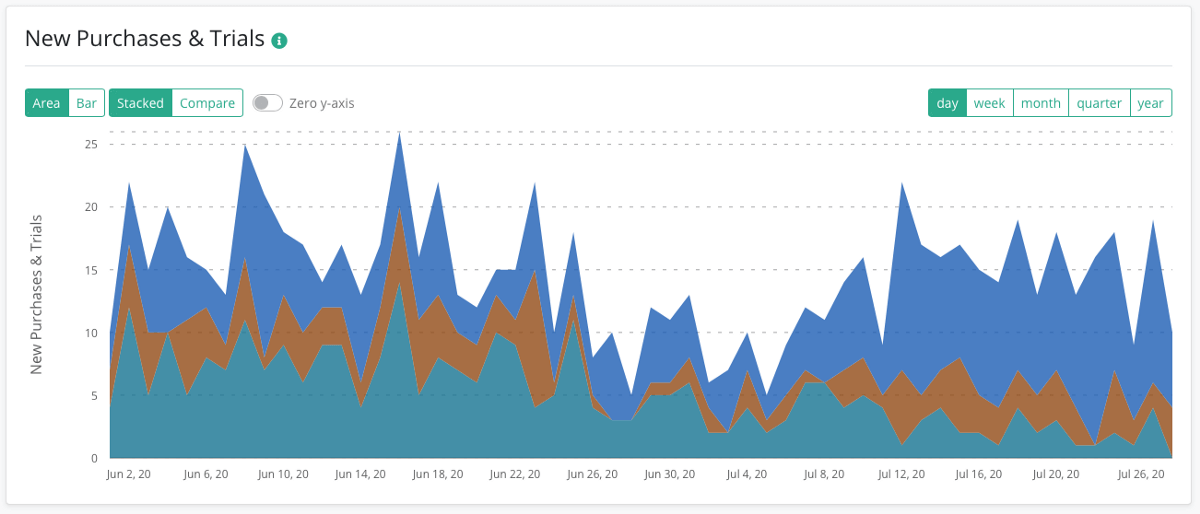
Conversion rate from trial to paid so far has landed at 79%. Which seems very solid to me.

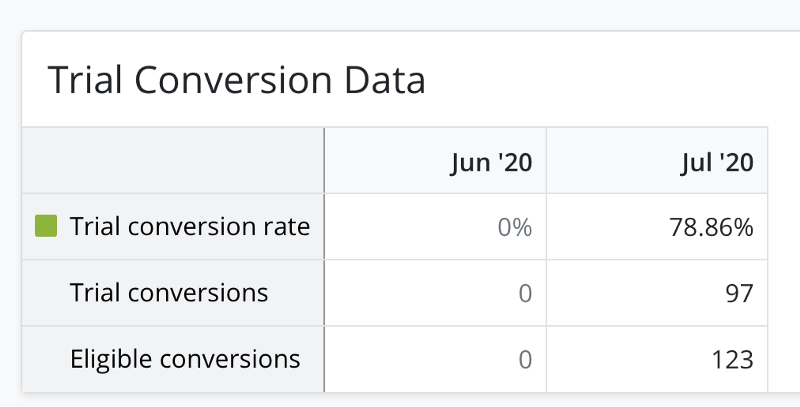
Are App Store subscriptions better than one-off in-app purchases?
There's a number of things to consider when you switch your app to subscriptions:
- You may have a temporary (hopefully) drop in revenue when you switch to a subscription model
- You won't know conversion and churn rates for months
- Trials may not be effective for your app if it already has free functionality
- Let the market decide the price, test, test, test
Given the price change was very effective in growing MRR, the obvious thing to try next is an even higher price point.
If you'd like to read future updates follow me on Twitter. You can try out the 7 Minute Workout app here.
Want to see what users are saying about your pricing?
Try Appbot free now, no credit card needed →Where to from here?
- Utilize strategic app review prompts to encourage users to share their experiences.
- Review app icon colors of top grossing apps and discover how to captivate your audience.
- Master the art of writing an irresistible App Store description that captures attention and drives downloads.
- Discover effective strategies for app review management to efficiently handle and leverage user feedback.
About The Author

Stuart is Co-founder & Co-CEO of Appbot. Stuart has been involved in mobile as a developer, blogger and entrepreneur since the early days of the App Store. He built the 7 Minute Workout app in one night and blogged the story of growing the app to 2.3 million downloads before exiting to a large fitness device company. Previously he was the co-founder of the Discovr series of applications which achieved over 4 million downloads. You can connect with him on LinkedIn.
Enjoying the read? You may also like these
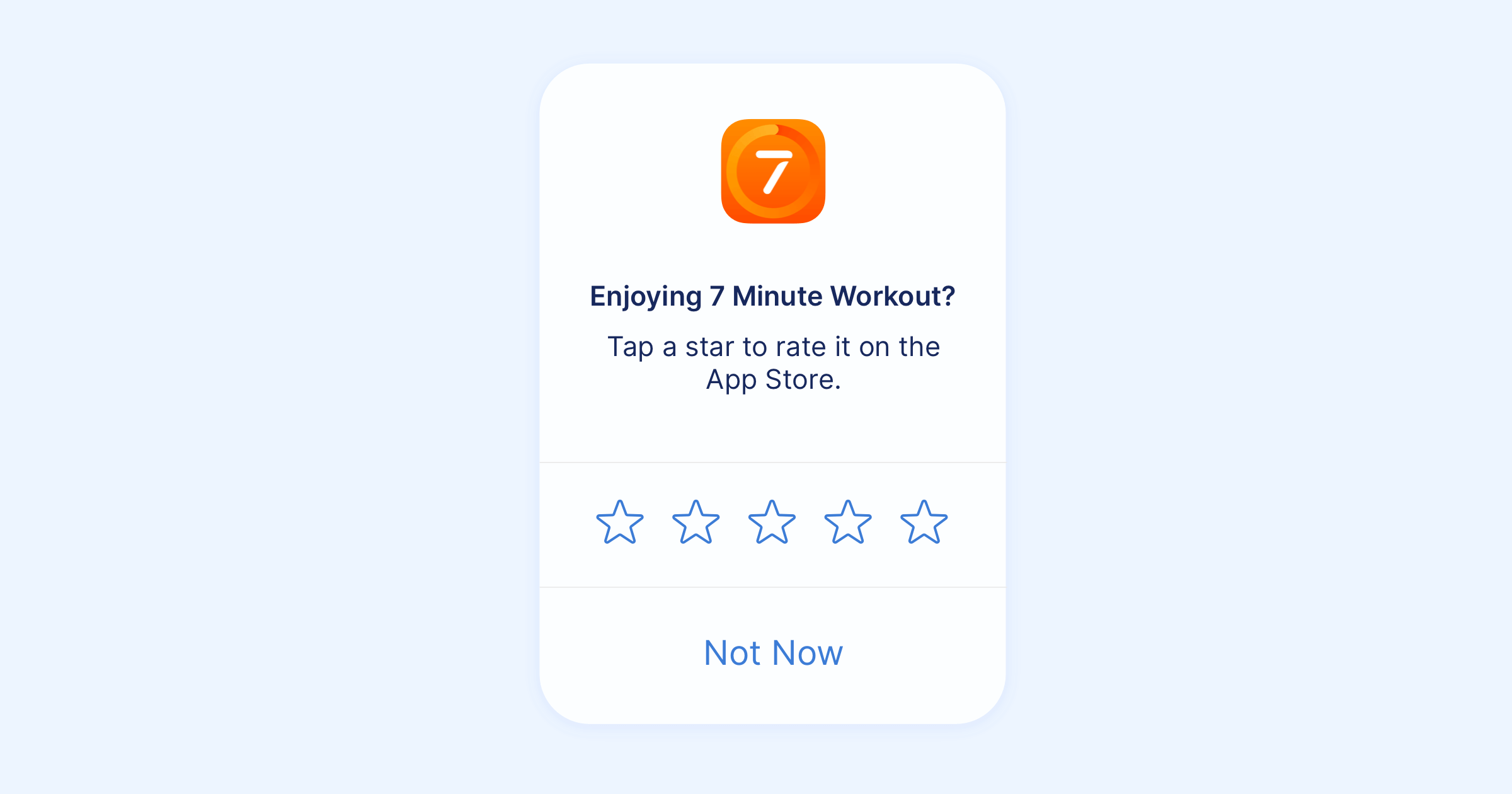 Prompting for app reviews and ratings on iOS and Android
Prompting for app reviews and ratings on iOS and Android Want to learn WHEN to prompt an app review? See our advice after talking to thousands of mobile app developers on best techniques for IOS and Android apps.
Excellence in app store review management is key when it comes to making apps more useful, beautiful & profitable. See our tips to manage reviews effectively.
5-star review replies should be formed part of the business app reply strategy. Learn what makes up the components of an exceptional 5-star review reply.
Ever since 2013, you could respond to reviews on Google Play. In 2017 Apple followed and gave us the same functionality. But is anyone using it? We dug in to find out.


